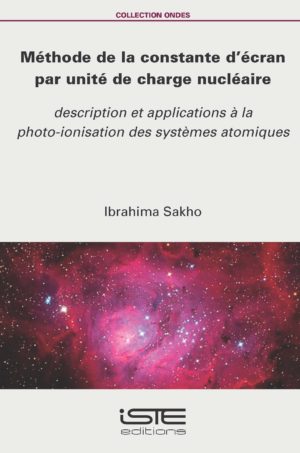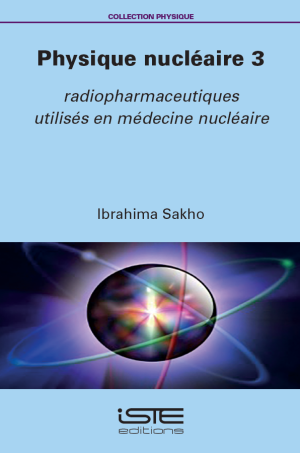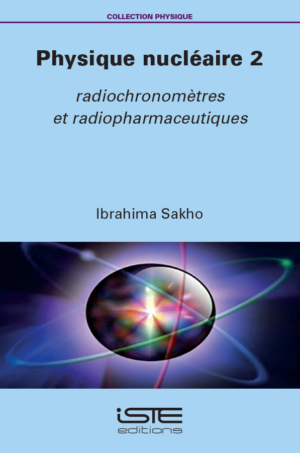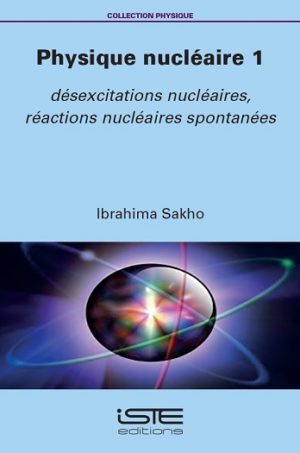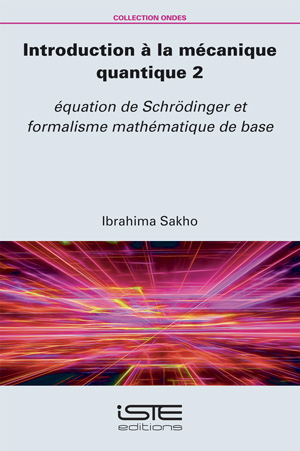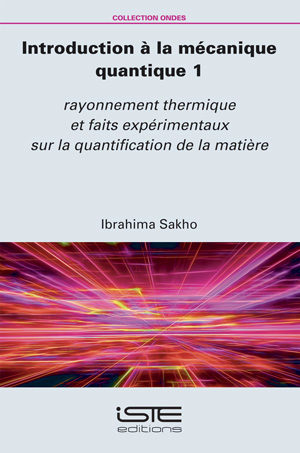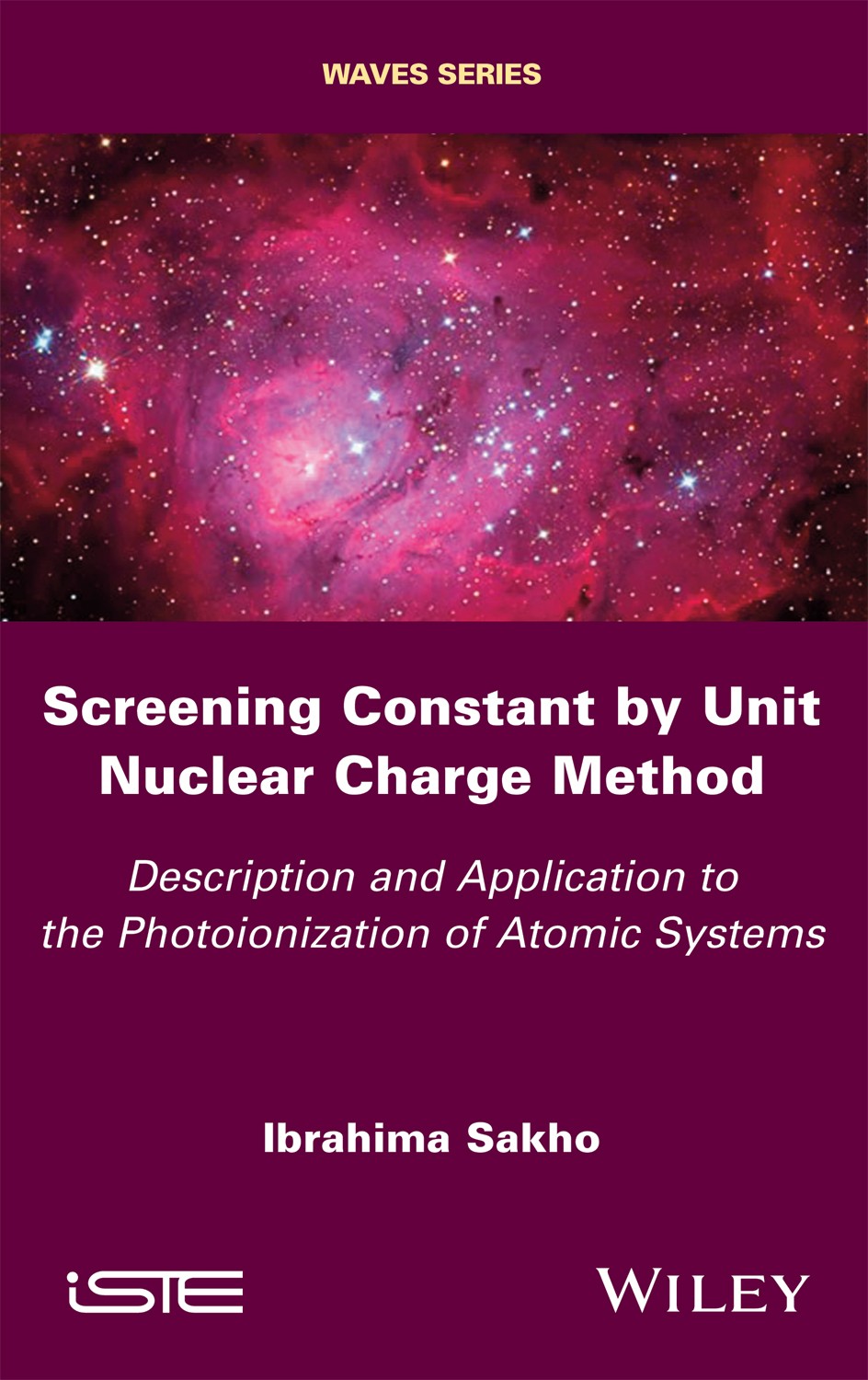
Experimental studies on the photoionization of atomic systems have been further developed by the launch of satellites observing astrophysical plasmas (Chandra and XMM Newton, for example). However, one of the challenges inherent to these studies is the very low density of target ions and thus low count rates. In order to compensate for this, excessively […]
Experimental studies on the photoionization of atomic systems have been further developed by the launch of satellites observing astrophysical plasmas (Chandra and XMM Newton, for example). However, one of the challenges inherent to these studies is the very low density of target ions and thus low count rates. In order to compensate for this, excessively long acquisition times are required which are often incompatible with the experiment times possible in synchrotron radiation centers. It has therefore become necessary, before the experiments, to attain the most precise estimation possible of photon energies in order to research photoexcitation resonances.
This is where the Screening Constant by Unit Nuclear Charge method shows its strength. Thanks to an extremely simple formalism, it quickly and precisely provides the position of excitation resonances as well as their width. This book offers a clear explanation of the Screening Constant by Unit Nuclear Charge method and explores its application to numerous domains of physics related to atomic spectroscopy. Various exercises are proposed in the book for the calculations of resonance energies and widths of Rydberg series for He-like systems, Li-like systems, Be-like systems, B-like systems and for more complex atomic systems such as sulfur, argon, selenium and Kr.
Part 1.
1. Different Photoionization Processes, Rydberg Series.
2. Experimental and Theoretical Methods of Photoionization.
3. General Formalism of the Screening Constant by Unit Nuclear Charge Method Applied to Photoionization.
Part 2. Applications in the Calculations of Energies and Natural Widths of the Resonance States of Multi-Electron Atomic Systems
4. Application to the Calculation of Energies of Two-electron Atomic Systems (Helium-like Systems).
5. Calculating the energies of Three-electron Atomic Systems (Lithium-like Systems).
6. Application in the Resonant Photoionization of Atomic Systems of Atomic Numbers Z = 4–12.
7. Resonant Photoionization of Sulfur (S) and Ar+, Se+, Se2+ and Kr+ Ions.
Appendix 1. Detailed Calculation of the Screening Constant by Unit Nuclear Charge Relative to the Ground State of Two-electron Atomic Systems.
Appendix 2. Formalism of Slater’s Atomic Orbital Theory.
Appendix 3. Modified Formalism of the Atomic Orbital Theory.

